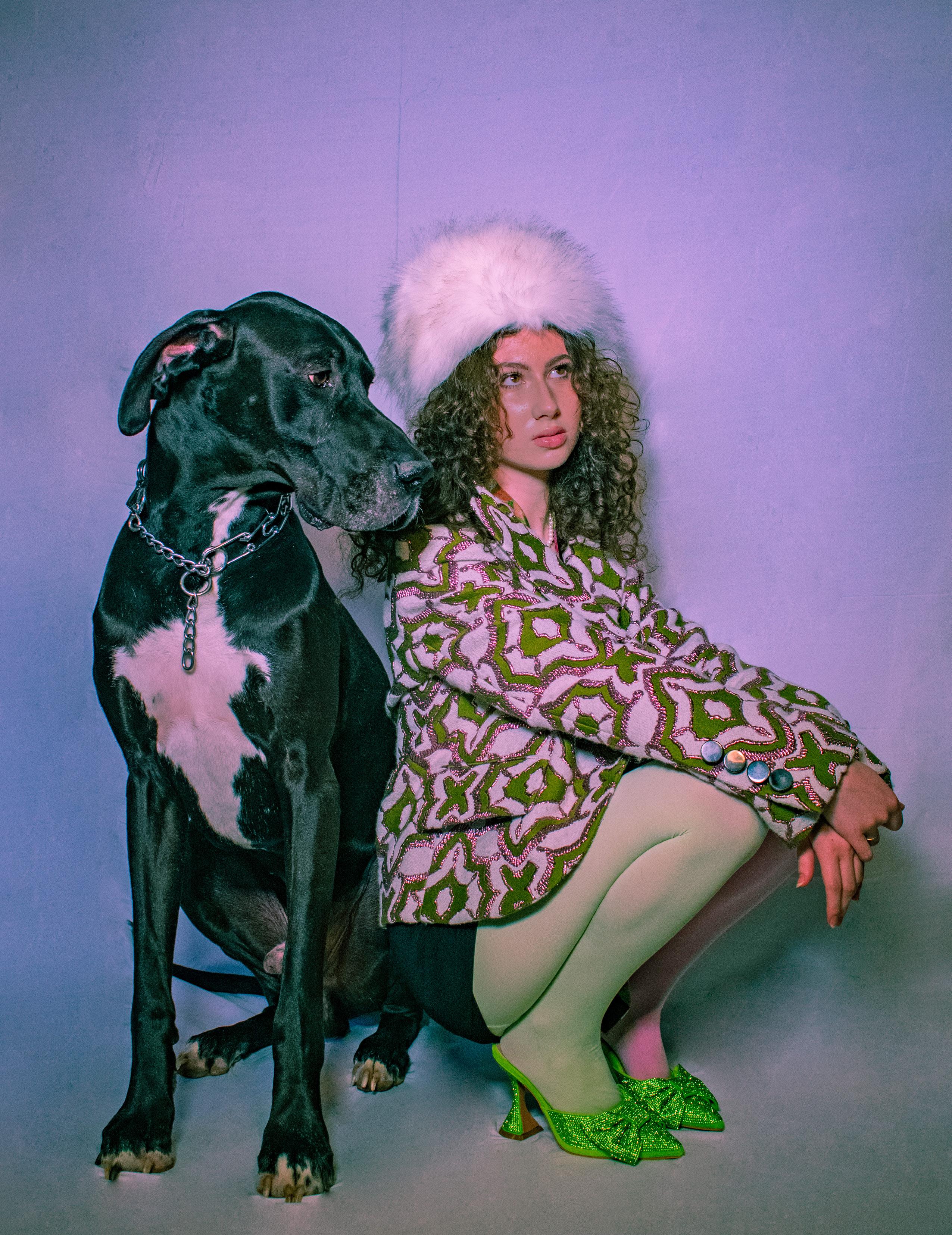
9 minute read
2021 Lisa Frank
from April 2021
by modmuze
2 0
2 1 l F Isa rank
Advertisement
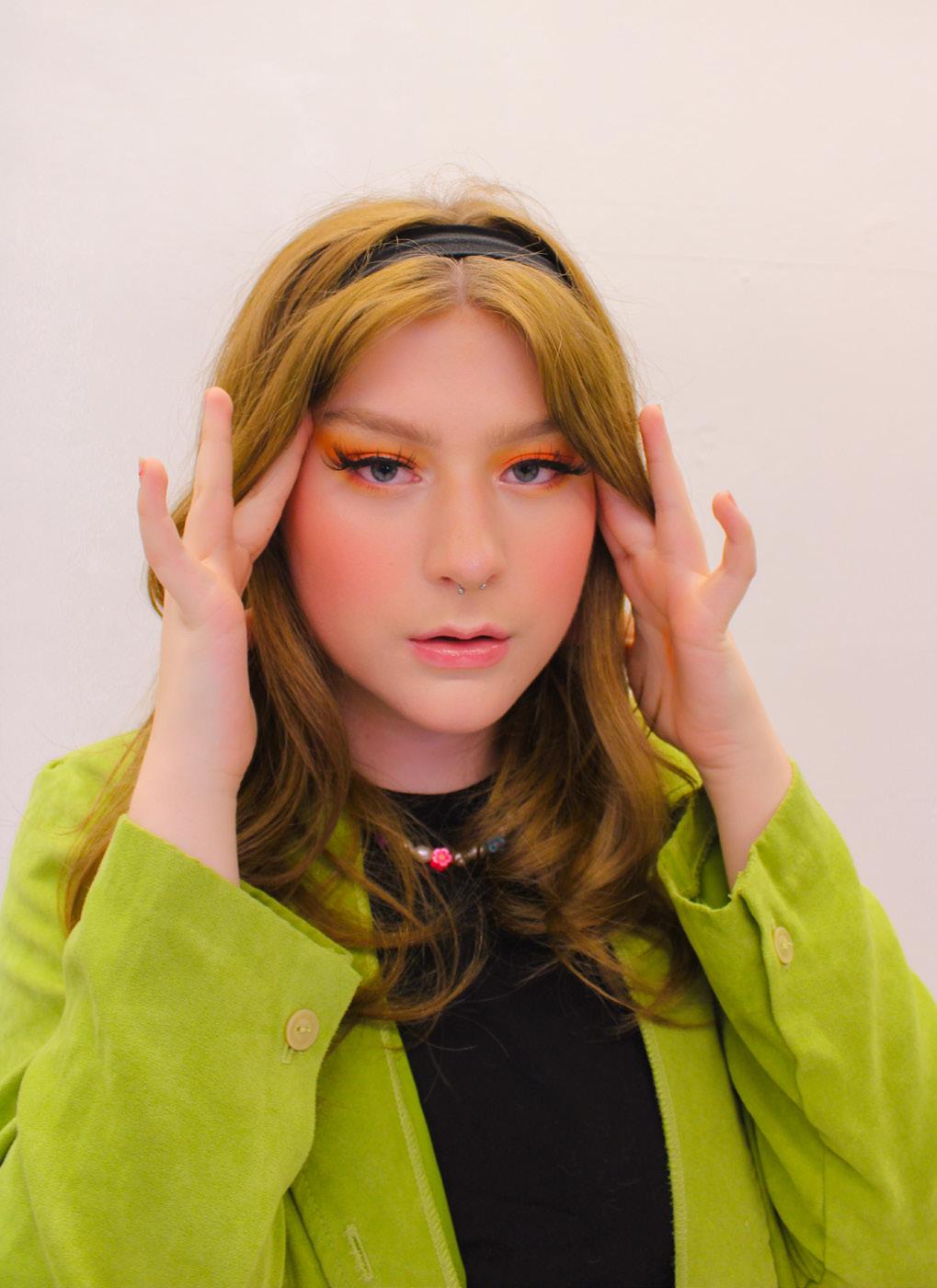
Photographer: Quinn Rogers Stylist: Gabriella Rangel Models: Gabrielle Tiger & Sara Cady Layout: Chloe King


modfashion 202 1
Photographer: Quinn Rogers Stylist: Gabriella Rangel Models: Gabrielle Tiger & Sara Cady Layout: Chloe King

F rank l I sa
serums 101
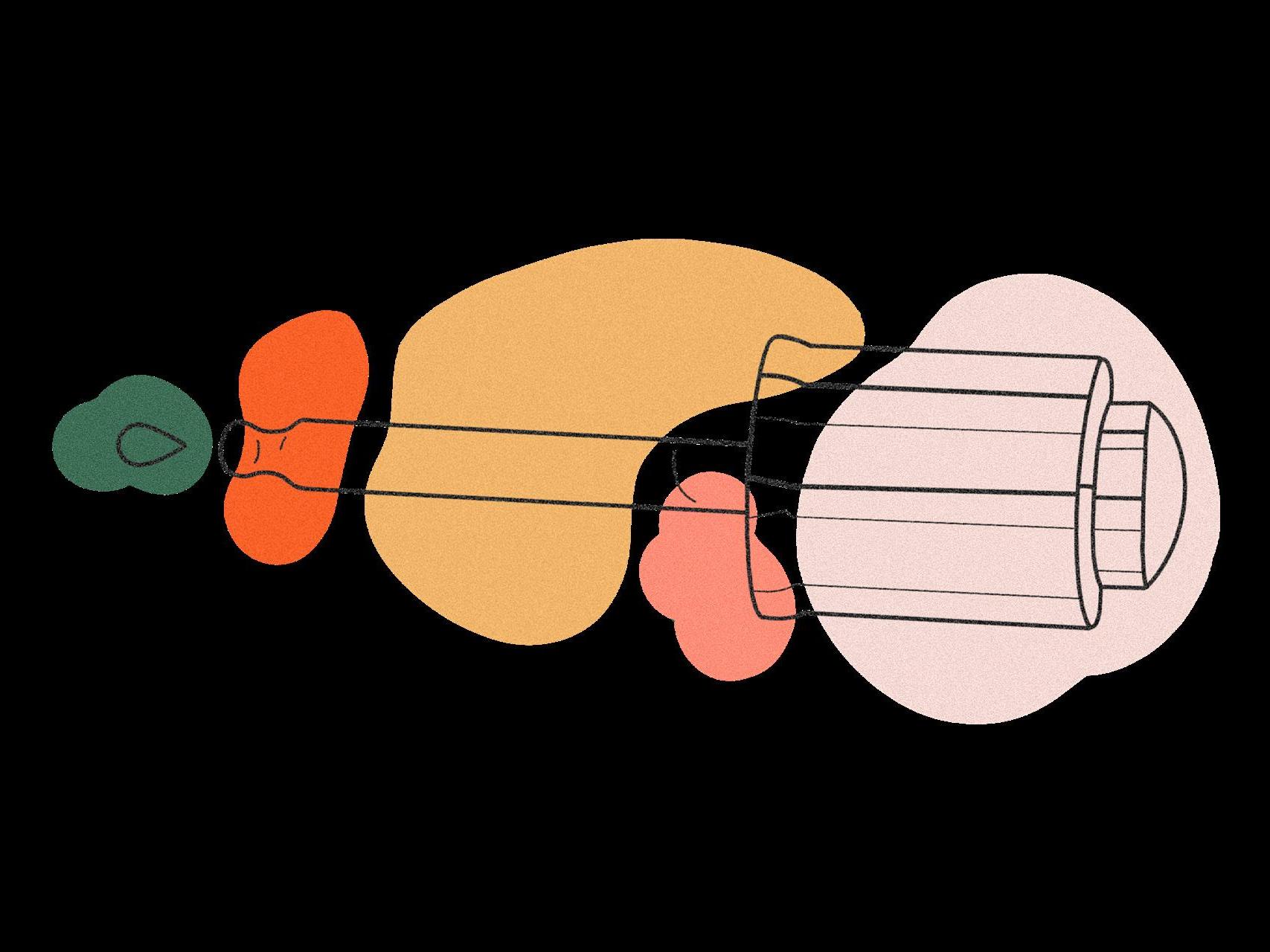
serums

By: Morgan Malget
As we grow up, it seems that our skincare grows with us. If I were to look back at my skincare journey, I would see my eighth grade self wiping her face with a Clearasil Cleansing Pad and then going straight to sleep. Now seven years later, I have a multi-step day and night skincare routine that would make my eighth grade self fall to her knees.
One of the most important aspects of a skincare routine is serums. Although they play such a large role in achieving our dream skin, many people opt out of the use of serums, because they either don’t know which ones to use or they don’t know when to use them. Well, my friend, I am here to help you navigate serums so that you can get that glowing, hydrated skin that you desire.
Let’s start with the basics; what exactly is a serum? Serums are usually liquid or gel-based and they provide the skin with highly-concentrated ingredients that seep directly into the skin. When using serums you should apply them before your moisturizer to help lock in moisture. If you plan to layer serums on top of each other, a good rule of thumb is to apply them from thinnest to thickest. Beware though, if you are applying too many serums at once, your skin will let you know by not fully absorbing the serums. If after you apply them you still feel them setting on top of the skin, that is a good indicator that you layered too many serums on.
Now, onto the fun part. Here are some of the different types of serums and when you should use these serum sin your skincare routine.
hydrating serums Hydrating serums are an integral part in a skincare routine. Because they sink deep into the skin they can moisturize your skin better than topical moisture creams and give these topical creams a boost. The holy grail of ingredients in hydrating serums is hyaluronic acid. Hyaluronic acid works like a sponge by absorbing and retaining water, which in turn will give you plumper more moisturized skin. It is best to apply this serums when your face is damp so that the serum has moisture to lock in when it penetrates the skin. This serum will give you hydrating benefits, whether you use it in your daily or nightly routine. My personal favorite hyaluronic acid serum is Glossier’s Super Bounce Serum. This serum leaves my face feeling soft and never sticky.
Brightening serums There are many ingredients that can brighten up the skin and leave behind a radiant glow, but one of the most common is Vitamin C. Although I have Vitamin C serums labeled as a type of brightening serum, these serums have many additional benefits. Vitamin C acts like an armor to pollution and other free radicals. It can also help protect against sun damage and even out skin tone. Vitamin C is a powerful little ingredient, so it is important to work it in to your routine slowly if you a beginner. For beginners, start with the Ole Henriksen Truth Serum. This Vitamin C serum has a lower concentration so it will be easier for your skin to get used to the ingredients. If you are experienced with acids, try the Ole Henriksen Banana Bright Serum. It had a higher concentration of Vitamin C and is great for skin that is used to acids. You will get the most benefits of Vitamin C serums if you use them in the morning. This way, your skin is brightened for the day and also protected from UV rays and pollution you’ll encounter throughout the day.
anti-aging serums You may think to yourself, “I don’t need to use an anti-aging serum”; well think again. It’s never to early to start using an anti-aging serum because not only do these serums reverse effects from aging, they can also defend against future signs of aging. My favorite anti-aging serum is the Skyn Iceland Icelandic Youth Serum with Red Algae. This serum is powered by Astaxanthin, an antioxidant found in Icelandic micro-algae. This ingredient helps to preserve the skin while preventing stress-induced signs of aging. This serum transforms uneven skin while fighting aging due to stress and pollution. Immediately after applying this serum, my skin tone is visibly more even. You can use anti-aging serums day and night. Pro tip: Try out your serum of choice at both times of day to determine when you are seeing the most benefits!
aCne-Fighting serums Acne-fighting serums may be your key to unlocking clear skin. Although topical acne treatments can benefit the skin, acne-fighting serums can penetrate the skin in a way that is not possible for the topicals. Niacinamide is an acne-fighting ingredient that, when paired with Zinc PCA, helps reduce the appearance of blemishes and redness and irritation in the skin. Glossier’s Super Pure Serum is a great option for people looking for an acne treatment that won’t dry the skin like other common acne ingredients, such as salicylic acid. You should apply acne-fighting serums during your evening routine so that they can work and repair skin over night. There are many other types of serums you can use, but these four are a great place to start in your guide to serums. What may work for other people may be not right for you, so it is important to do your research when picking the right serums. It’s also important to remember that your skincare routine is bound to change and evolve. Don’t be afraid to try new products and experiment until you get your perfect routine nailed down.
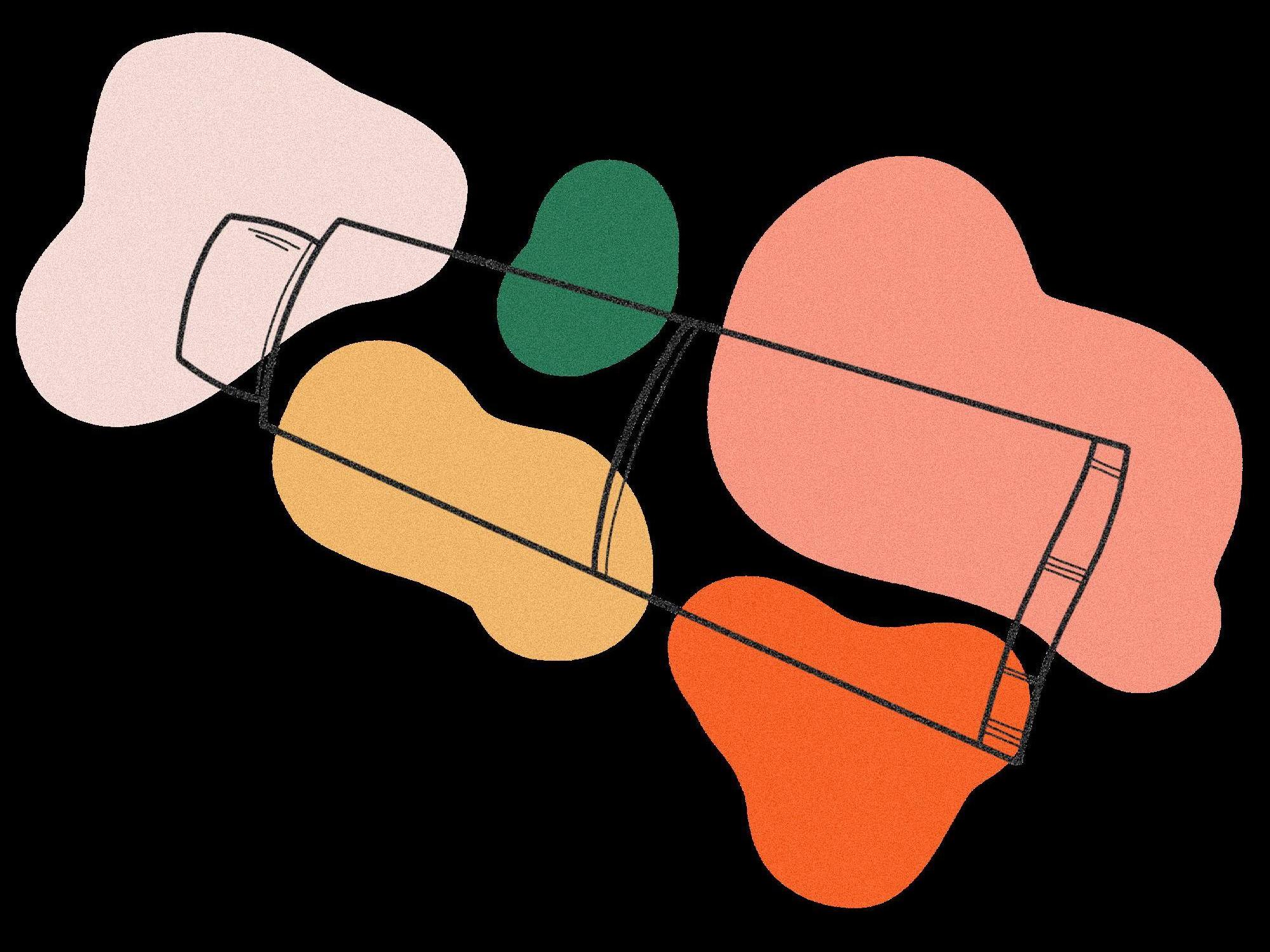
When A
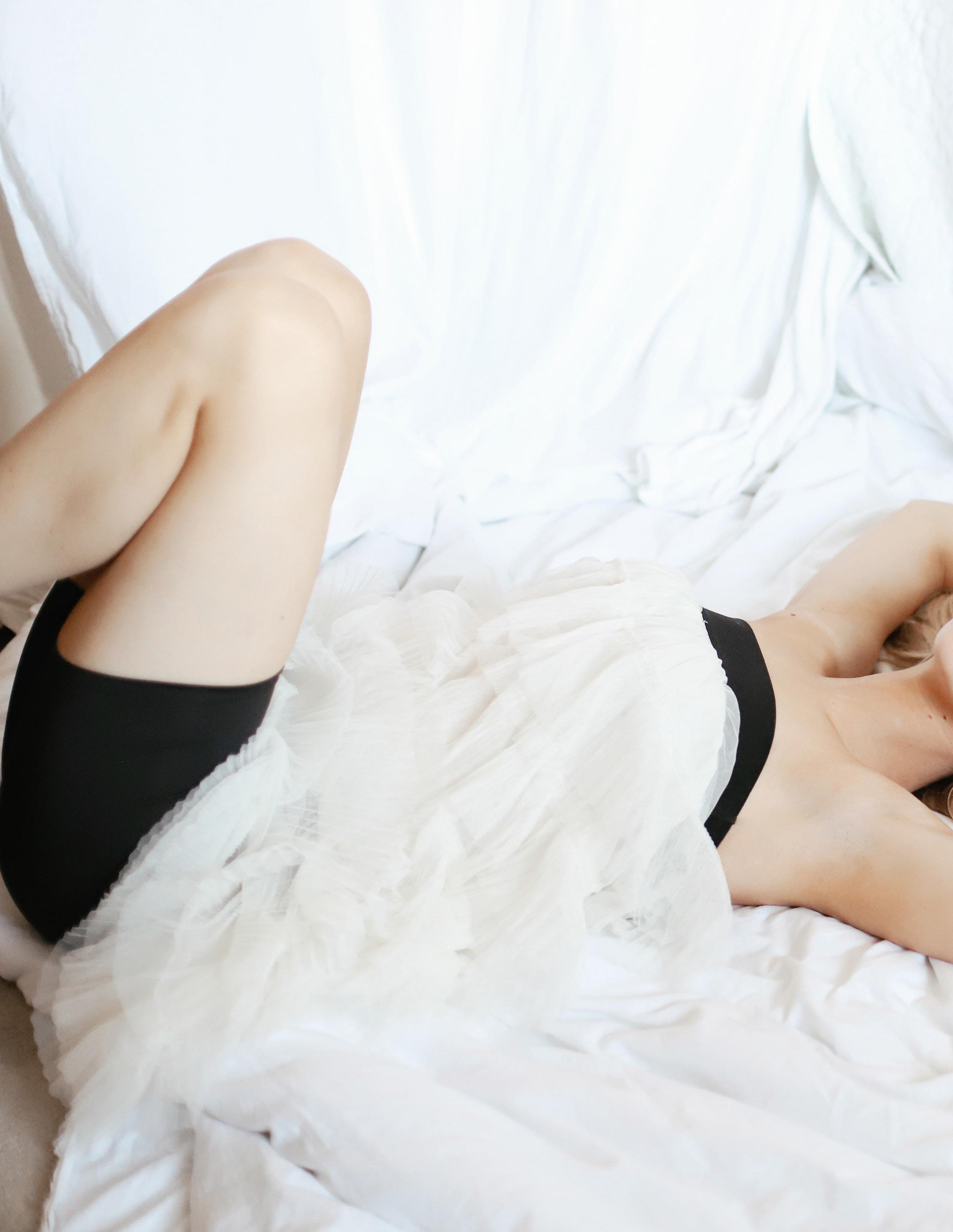
With the conversation surrounding mental health becoming more prevalent and more necessary, anxiety has become a commonplace topic. But what is anxiety, and what are ways to prevent it? What is anxiety? According to Mayo Clinic, anxiety is intense, excessive, and persistent worry and fear about everyday situations. When thinking of anxiety, I usually have a hard time recognizing the beginning signs of an attack, which is due to the overlap in anxiety and stress signals.
some oF the signs inClude: Chest tightness shalloW Breaths Finger numBness laCk oF ConCentration
Currently, the conversation surrounding mental health is critical. What was once a taboo topic is now becoming more commonplace, thus allowing us to normalize anxiety and stress. This is a huge leap forward, because normalizing anxiety will spread knowledge about it and help people find ways to cope with it.
Unfortunately, there are still plenty of stigmas surrounding mental health. Courageously, the younger generations have recently played an active role in approaching the topic and normalizing mental health care. However, the same cannot necessarily be said for the older generations. For example, older people often equate signs of mental illnesses with signs of weakness. Of course, this is far from the truth.
Before I knew I was experiencing anxiety attacks, I was not well versed in selfcare or aftercare. The topic of mental health rarely came up in the household I grew up in, and if it did, I was told to pray about it. While this is a nice sentiment, it did not help me combat anxiety and made me emotionally drown myself. Instead of talking about my feelings, the only emotions I could decipher were outrage and fear.
When combating and approaching anxiety attacks, it is important to ground yourself. Place yourself in the here and now. Maybe even try compartmentalizing your anxiety in a box. I also recommend removing yourself mentally through meditation, listening to music, or even watching a comforting movie or TV show that does not require a lot of thinking to enjoy it. Escapism is a great tool for rooting
Most of the time, you cannot stop an attack from happening. That is why aftercare is so essential. Personally, after my attacks, I spend a lot of time indulging in emotional and mental self-care. This includes shadow work, writing down how I feel, sitting with my emotions, and napping. It is important to take care of yourself, as well as to be emotionally truthful with yourself. Not all self-care is pretty, but it is necessary. Getting into my favorite part, physical selfcare. This includes facemasks, skincare, sleeping, and more. When combating anxiety or its aftereffects, I highly recommend intense self-care, which really helps in coming down from high stress and anxiety. This aspect of recovery is important because it allows you to prepare mentally to sit with the emotions that caused said anxiety attack and the emotions that developed as a result. This may seem unconventional, but allowing yourself to fully sit in your emotions can actually help you decipher why the attack was brought on and is a beneficial processing tool.
One of my favorite ways to ground myself after or during an attack is journaling. I usually approach this with writing everything that comes to mind, no matter if it’s good, bad or sad. Journaling is extremely useful in these situations in order to process your emotions, however it can be difficult. Emotions are sometimes nameless so it can be hard to find the words to describe how you’re feeling - I typically describe how the feelings feels in my hand. Every once in a while, I have amazing breakthroughs and things start to become clearer, although sometimes it feels like a never-ending chore. To be fair, most non-physical self-care feels like chore work to me, but I understand its benefits and that it has to be done regardless.
Lastly, therapy is a life-changer. I have been going to therapy for almost a year and a half now. Having this therapeutic outlet and being able to talk to someone about all of these human feelings is great and helps combat some of the aftereffects. Much like some selfcare tactics, it can feel like a chore at times but the results cannot compare.
All emotions are normal, even if you do not know how to name them. Take the time to recognize your feelings, validate them, and take healthy steps to process your thoughts. Putting your mental health first, is putting yourself first.
Model: Lauren Weber Photographer: Macey & Darcey Drullinger Layout: Karynsa Teel


